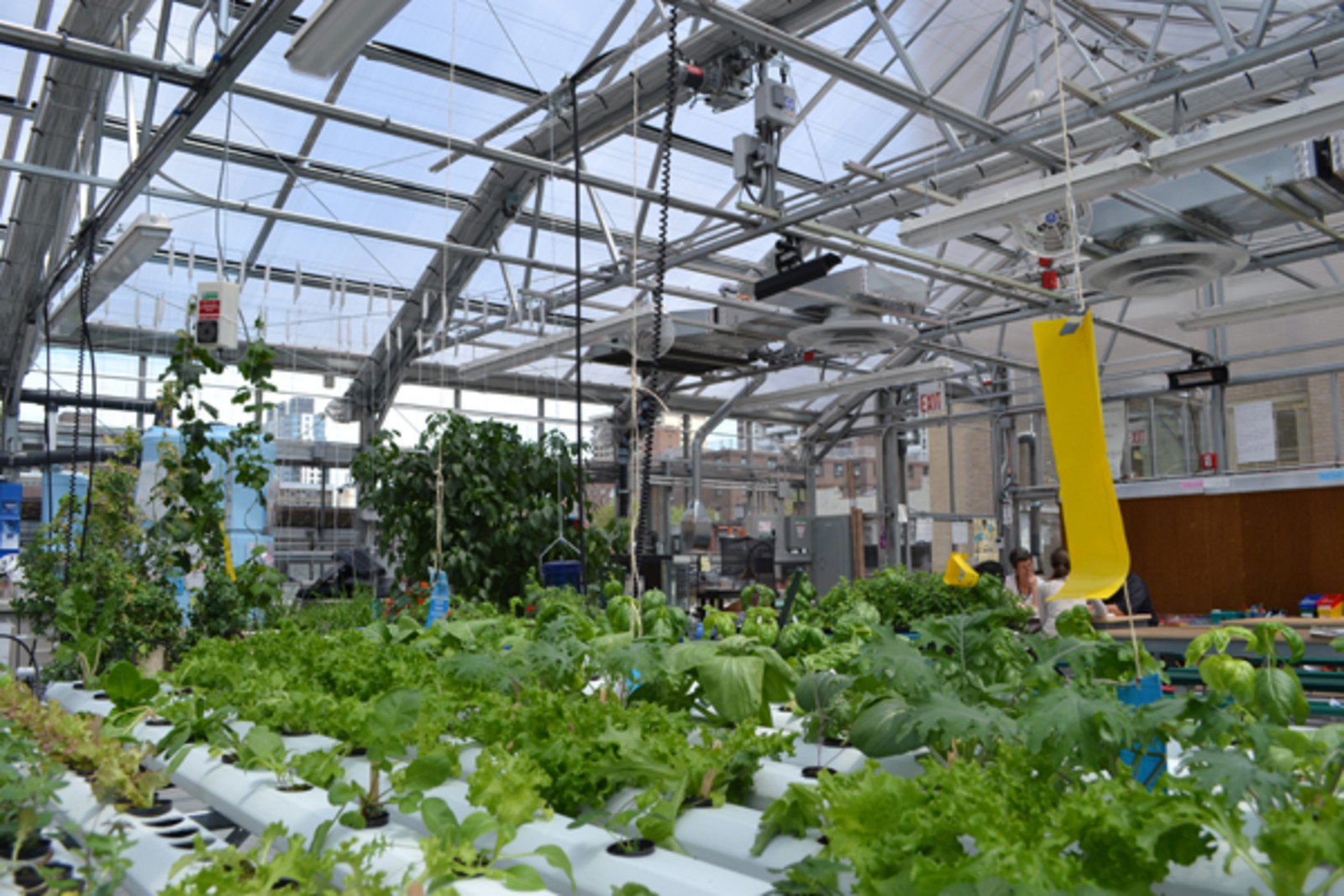Elementary Dad: Rolling with the lunches

As I battle with my 5-year-old daughter over school lunches, I am reminded of something a friend once said about gardening: “Tending a garden isn’t about growing things,” she told me. “It’s about killing things.”
Her point was that nurturing plants was relatively easy: soil, water and sunlight did most of the job. The big work involved pulling weeds and thwarting pests — in short, keeping the bad away from the good.
 Manhattan School for Children's new greenhouse uses stored rainwater.
Manhattan School for Children's new greenhouse uses stored rainwater.
Similarly, I’ve found it’s relatively easy to get my child to eat. The trick is getting her to eat food that’s worthwhile, to broaden her tastes, to try new dishes with an open mind, and to stop whining every time I serve something different.
To further this goal, I insist my kindergartner eat the lunches served in her elementary school’s cafeteria. Fortunately, she attends one of the 18 New York public schools participating in the Wellness in the Schools program, which works to put healthy, enticing meals on cafeteria trays. The menus are appetizing: For example, Thursday’s lunch will be Asian roasted chicken, vegetable fried rice (or curried rice, or lo mein), broccoli, salad bar, and milk. The price: $1.50.
My kindergartner will eat such food, and usually she likes it. Yet, the next day, she’ll often nag me to pack a lunch featuring familiar favorites such as buttered pasta, pretzels or cheese sticks. This gets tiresome. So I asked Nancy Easton, co-founder of Wellness in the Schools and a mother of three young kids, how parents should fight this recurring battle.<!--more-->
Easton endorses a familiar formula: Be firm, establish good habits, and insist on nutritious, healthy foods. But she also suggests parents educate children about school lunches and teach them that their opinions matter. Kids might conduct classroom surveys to let cafeteria cooks know what tastes good, and what doesn’t.
“Play with it. Help come up with solutions,” Easton said. “It’s kind of like what I do at home. ‘Mom, I don’t like these vegetables.’ ‘Then come shopping with me and we’ll find a vegetable you’ll like.’ ”
Easton also urges parents to visit school cafeterias and see what’s being served.
“Go and eat lunch with your kids,” she said. “You might find things you can change — which is how we started.”
 The $800,000 greenhouse was built on a third-floor rooftop.
The $800,000 greenhouse was built on a third-floor rooftop.
Easton’s record of change is impressive. Two of Easton’s kids attend Manhattan School for Children, where Easton and two other moms, Manuela Zamora and Sidsel Robards, recently completed a three-year effort to build a 1,400-square-foot greenhouse on a third-floor roof. The climate-controlled greenhouse uses recycled rainwater to grow vegetables, providing a hands-on lab for lessons in plant life plus an estimated 4,000 pounds of food each year for school meals.
The impressive greenhouse cost nearly $800,000 (a mix of public and private dollars), but Easton estimates the same design could be replicated for $500,000 at other schools.
I hope my daughter’s elementary school will get such a greenhouse. In the meantime, I’m going to follow Easton’s mealtime advice, and stay resolute in my campaign to raise a kid with broad tastes and a healthy attitude. It’s not just about killing the bad. A certain amount of cultivation is required, too.
Please Post Comments